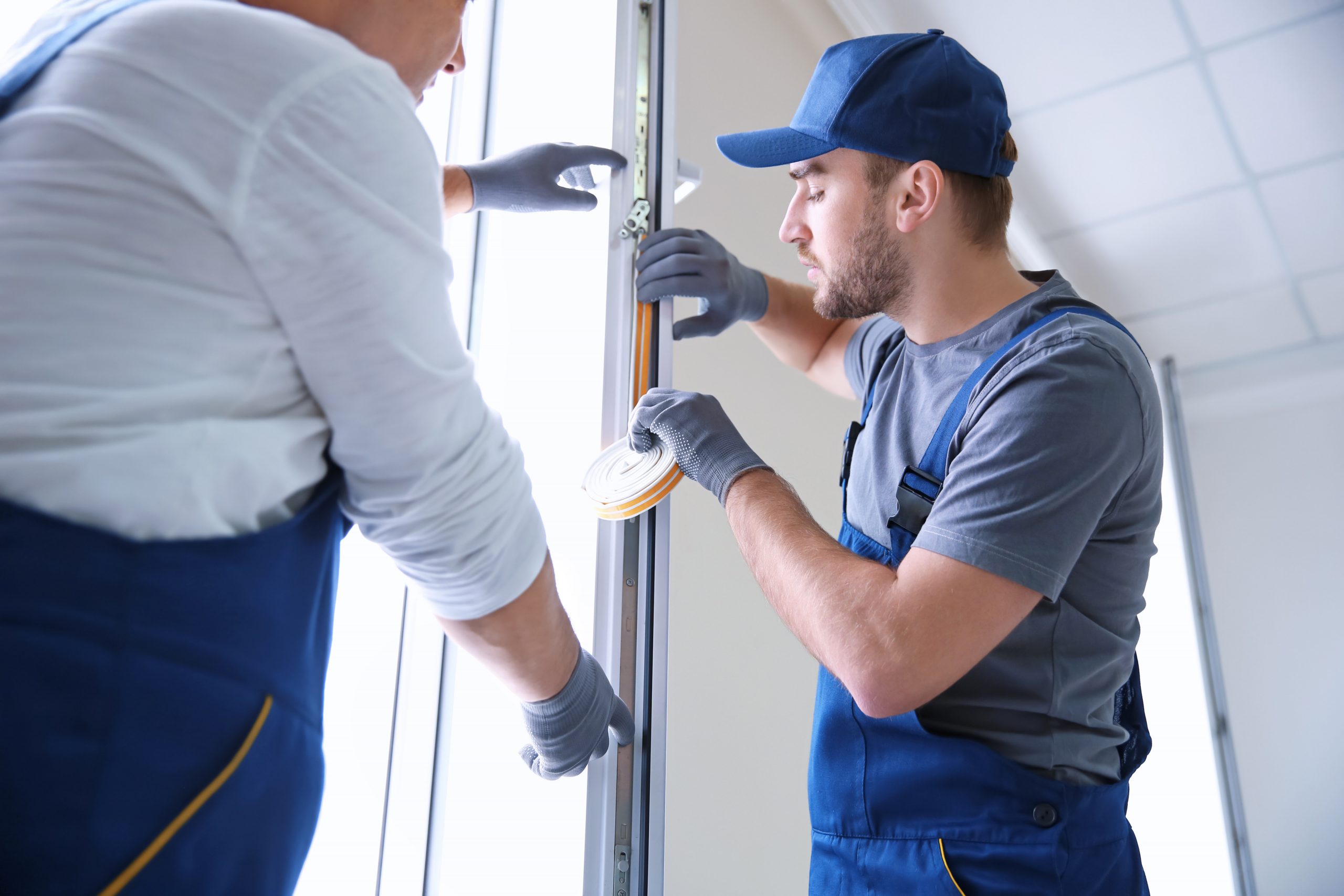At Casability, we know that keeping your home comfortable and energy-efficient is a top priority. Weatherproofing your doors and windows is a key step in this process. This guide will help you determine when it’s time to weatherproof and how to do it effectively.
The Importance of Weatherproofing
Why Weatherproof?
Weatherproofing your home’s doors and windows brings several benefits:
- Energy Efficiency: Prevents heat loss in winter and keeps cool air in during summer.
- Cost Savings: Reduces energy bills by improving home insulation.
- Comfort: Keeps your home more comfortable year-round by maintaining consistent indoor temperatures.
Identifying the Need for Weatherproofing
Signs to Look Out For
Determining when to weatherproof involves looking for specific signs:
- Drafts: Feeling air coming through closed doors or windows is a clear indication that weatherproofing is needed.
- Visible Damage: Cracks or gaps in the sealant or weather stripping suggest deterioration.
- Condensation: Moisture between panes of glass or around frames indicates poor insulation and potential gaps.
Assessing Your Doors and Windows
Conducting an Inspection
Regular inspections can help you catch problems early:
- Visual Check: Look for cracks, gaps, or worn-out sealant around frames.
- Touch Test: Feel around the edges for drafts or temperature differences, especially on windy days.
- Age Factor: Older doors and windows may require more frequent weatherproofing as materials degrade over time.
Materials Needed for Weatherproofing
Gathering Your Supplies
Having the right materials is crucial for effective weatherproofing:
- Caulk: For sealing gaps and cracks around frames.
- Weather Stripping: To insulate around the moving parts of windows and doors.
- Draft Stoppers: For the bottom of doors to prevent drafts.
Step-by-Step Weatherproofing Process
How to Seal the Gaps
Here’s a simple guide to weatherproofing your doors and windows:
- Clean Surfaces: Ensure the areas around doors and windows are clean and dry before applying any materials.
- Apply Caulk: Use caulk to seal fixed gaps, particularly where the window or door frame meets the house structure. Choose a high-quality, weather-resistant caulk.
- Install Weather Stripping: Apply weather stripping around movable parts of windows and doors to ensure a tight seal when closed. There are various types, such as adhesive-backed foam or V-strip, each suitable for different applications.
- Place Draft Stoppers: Fit draft stoppers at the bottom of doors to block drafts. These can be permanent fixtures or removable, depending on your preference.
Professional Help vs. DIY
Deciding the Best Approach
Choosing between DIY and professional help depends on the scope of the work and your comfort level:
- DIY Weatherproofing: Cost-effective and suitable for minor issues. Materials like caulk and weather stripping are inexpensive and relatively easy to apply with basic tools and a bit of patience.
- Professional Services: Recommended for extensive repairs, older homes, or if you’re not confident in your DIY skills. Professionals can ensure a thorough job and provide more durable solutions.
Maintenance and Upkeep
Keeping Weatherproofing Effective
Regular maintenance ensures long-lasting effectiveness:
- Regular Checks: Inspect seals and stripping seasonally for any signs of wear or damage. Reapply caulk or replace weather stripping as needed.
- Prompt Repairs: Address any damage or wear immediately to maintain insulation efficiency and prevent further deterioration.
Cost Considerations
Budgeting for Weatherproofing
Understanding the costs involved helps in planning and budgeting:
- DIY Costs: Generally low, involving the cost of materials like caulk and weather stripping, typically totaling around $20-$50 for small projects.
- Professional Weatherproofing: More expensive, ranging from $150 to $500 depending on the extent of the work, but can offer a thorough and long-lasting solution.
The Benefits of Timely Weatherproofing
Long-Term Advantages
Investing in timely weatherproofing has several long-term benefits:
- Energy Savings: Proper insulation can significantly reduce heating and cooling costs, leading to substantial savings on energy bills over time.
- Increased Comfort: Eliminates drafts and cold spots, ensuring a consistently comfortable indoor environment.
- Home Protection: Prevents water damage from leaks, which can improve the longevity of doors and windows and reduce the need for frequent repairs.
Knowing when and how to weatherproof your doors and windows is key to maintaining a comfortable, energy-efficient home. Whether you choose to do it yourself or hire a professional, regular weatherproofing is an essential part of home maintenance. At Casability, we’re here to guide you through these decisions, ensuring your home remains cozy and efficient year-round.
